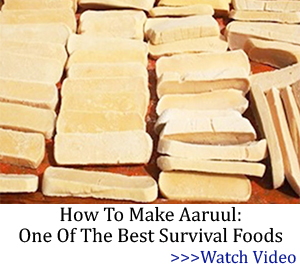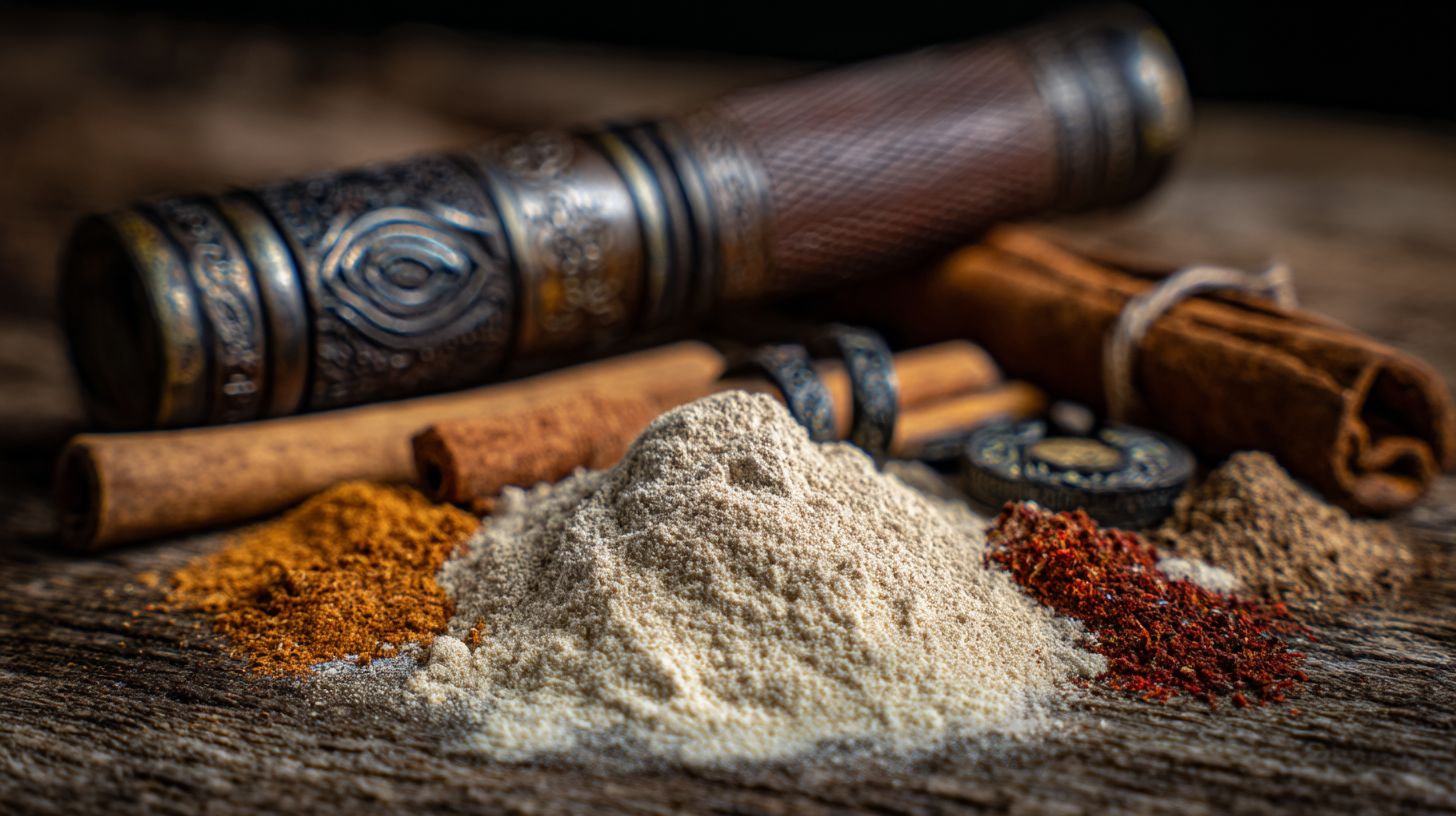When it comes to old-school self-reliance, few substances are as powerful or useful as lye powder. Known for its role in soap making and food preservation, lye has been used for centuries by homesteaders, pioneers, and survival-minded folks who understood the value of turning basic materials into life-sustaining tools. In this guide, we’ll dig into what lye powder really is, how you can make it yourself, how to store it safely, where to get it, and why every prepper should consider keeping it on hand.
What Is Lye Powder?
Lye powder is a highly alkaline substance most commonly made from sodium hydroxide (NaOH) or potassium hydroxide (KOH). It is caustic, meaning it can burn the skin and eyes if handled improperly. But when used correctly, lye is a powerful tool for making soap, preserving food, cleaning, and even producing biodiesel.
There are two main types of lye:
- Sodium hydroxide (NaOH): Often called caustic soda, it’s most used in soap making.
- Potassium hydroxide (KOH): Often called caustic potash, it’s typically used for making liquid soap or soft soaps.
Historically, lye was made from wood ash and water, and many old-timers still swear by this traditional method.
How to Make Lye Powder at Home
If you’re the DIY type or you’re planning for a time when stores might not be an option, you can make your own lye from hardwood ash.
You’ll Need:
- A large wooden or plastic bucket (avoid metal)
- A hole or spout at the bottom for drainage
- Clean hardwood ash (oak, maple, hickory)
- Soft rainwater or distilled water
Instructions:
- Fill the bucket with several inches of clean hardwood ash.
- Slowly pour water over the ash. Let the water soak through the ash and drain out of the bottom into another container.
- Repeat the process several times until the collected liquid is thick and slippery. That’s lye water.
To make lye powder, you’ll need to evaporate the water until only crystals remain. This can be done by gently boiling it down (using extreme caution) or by leaving it to evaporate in the sun.
Warning: Homemade lye strength can vary. Always test its strength before using it for soap making or food preparation.
How to Store Lye Powder
Because lye is hygroscopic (it absorbs moisture from the air), storing it properly is critical.
Best Practices for Storage:
- Keep it in airtight, non-metal containers (HDPE plastic or glass jars with tight lids work well).
- Store in a cool, dry place away from humidity, pets, and children.
- Label clearly with a warning.
- For long-term storage, consider vacuum-sealing or using desiccant packets to keep it dry.
With proper storage, lye powder can last indefinitely without losing its potency.
Where to Buy Lye Powder
If you’re not ready to make your own or want a guaranteed consistent product, you can buy lye powder online or in hardware stores. Look for 100% pure sodium hydroxide or potassium hydroxide. Some places to check:
- Soap making supply companies
- Online retailers like Amazon or eBay
- Local hardware stores (often labeled as drain cleaner, but read the label carefully to be sure it is what you get)
Avoid any product with added chemicals, look for food-grade or technical-grade lye depending on your intended use.
Uses for Preppers
Lye is one of those overlooked but essential supplies that can serve a dozen purposes in a crisis. Here’s why preppers should keep it around:
1. Soap Making
Homemade soap requires lye. In a survival situation, being able to make your own soap isn’t just about hygiene—it can prevent disease.
Soap making also gives you full control over the ingredients, which is especially helpful for those with sensitive skin or allergies. Plus, bartering homemade soap can be a valuable skill and commodity in a post-collapse economy.
Even more, lye soap can be formulated into insect-repelling or antifungal varieties using herbs like lavender, mint, or tea tree oil, perfect for field use or when camping off-grid.
2. Preserving Food
Lye is used to make traditional foods like hominy, lutefisk, and lye-cured olives. These methods can extend your food storage options.
In survival situations, having diverse food options that can be preserved for months or even years can make the difference between thriving and merely surviving. Lye-treated corn (hominy) provides an alternative carbohydrate source that can be used in soups, stews, or ground into masa for tortillas.
Related: How To Preserve Foods In Honey
Additionally, understanding traditional food preservation methods can reduce your dependence on refrigeration and modern canning supplies—skills that are crucial if you’re living off the grid or during a long-term blackout.
3. Waterproofing and Tanning Hides
Lye is used in traditional methods of tanning and curing animal hides. This could be crucial if you’re processing your own game.
Using lye to de-hair and prepare hides means you can make leather for boots, belts, bags, and more, essential gear in any long-term survival scenario. It’s a labor-intensive process, but one that allows you to use every part of an animal you harvest.
Lye is also used in some historical recipes for waterproofing canvas or cloth gear, which can protect your supplies and shelter in wet weather. Knowing how to apply these techniques can keep your gear functional much longer.
4. Cleaning and Sanitation
Lye is a heavy-duty cleaner that can cut through grease, grime, and even disinfect surfaces when used correctly.
This can be especially important in grid-down situations where sanitation becomes a serious concern. Lye-based cleaners can help keep cooking areas, tools, and even makeshift bathrooms clean and safe from pathogens.
Related: 30 Primitive Skills Every Prepper Should Know
Additionally, lye can be diluted and used for disinfecting reusable cloths, buckets, and other sanitation supplies, cutting down on your dependence on disposable products.
5. Making Biodiesel
For the mechanically inclined, lye is used in the process of converting vegetable oils into biodiesel—a potential off-grid fuel source.
If you’re growing oil-producing crops like sunflower or soybeans, or collecting used cooking oil, you can use lye and methanol to convert that into biodiesel. This alternative fuel can be used in some diesel generators, tractors, or vehicles, ideal for a self-sustaining homestead.
It’s not a beginner-level project, but it’s entirely doable with the right research and safety precautions. Producing your own fuel adds another layer of independence to your prepping plan.
6. Wood Treatment and Drain Cleaning
Lye can strip paint and clean drains in a grid-down scenario.
If you’re working on building shelters or refurbishing salvaged wood, lye can be used to strip old finishes and kill any mold or pests in the wood. It can also be part of the process to prepare wood for preservation with natural oils or waxes.
Lye’s powerful drain-cleaning properties can help keep makeshift gray water systems, composting toilets, or even primitive plumbing setups functional and hygienic, essential for long-term living off the grid.
A Word of Caution
Lye is powerful, but it’s also dangerous if mishandled. Always wear gloves and goggles when working with it, and never mix it with aluminum or pour water into lye (always add lye to water slowly). Keep vinegar on hand to neutralize spills, and never leave it unattended around children or animals.
You Might Need Lye Powder
Whether you’re planning for total grid-down self-sufficiency or simply want to build skills that your great-grandparents would recognize, lye powder deserves a spot in your prepper toolkit. It’s a force multiplier—one simple substance that can clean, preserve, fuel, and protect.
In times of crisis, knowing how to make and use lye can give you an edge. It’s another step toward the kind of self-reliant life that doesn’t depend on the next truckload of supplies or the grid staying on.
If you’re serious about reclaiming forgotten skills and building true independence, now is the time to learn more. And start stocking up.
You May Also Like:
 7 Life Skills I Wish I Knew Sooner
7 Life Skills I Wish I Knew Sooner
What Happens If You Put Moss Over A Wound? ( Video)
DIY Wilderness Soap And Shampoo From This Plant
12 Types of Wood You Should Never Burn
28 Underrated Prepping Items That Could Save Your Life
Read the full article here
